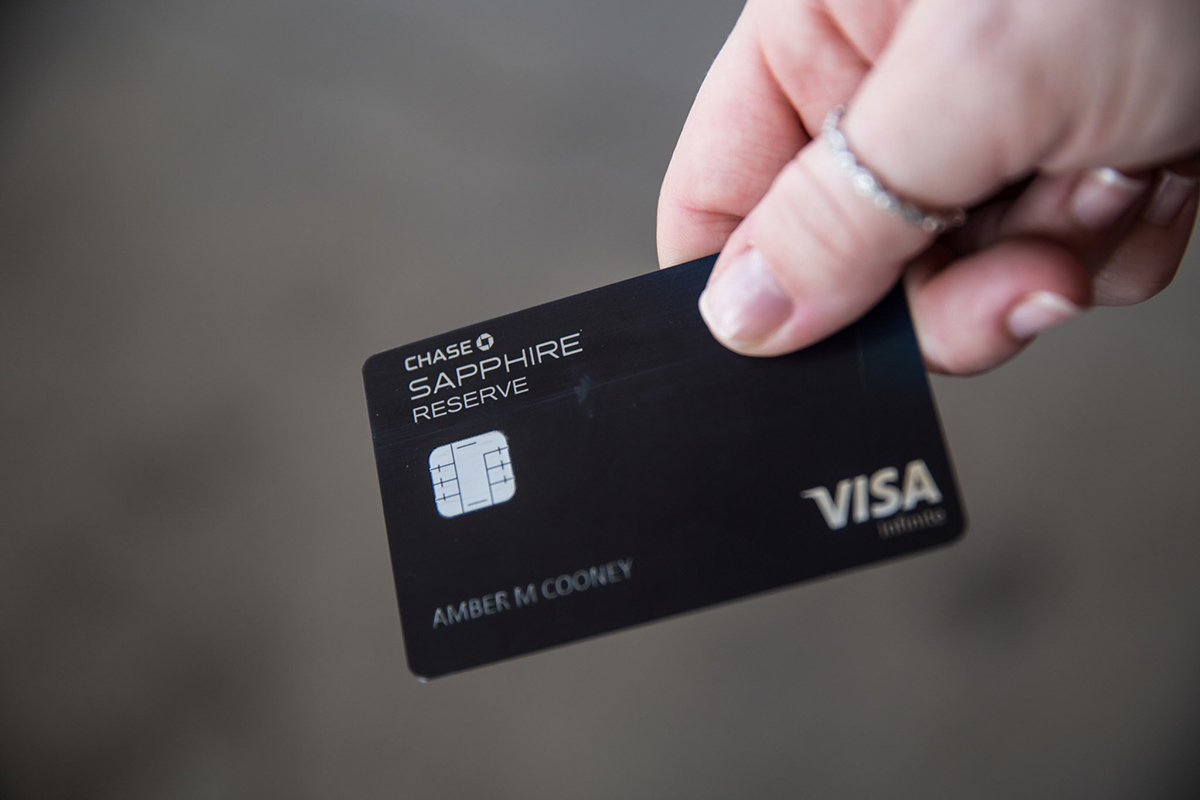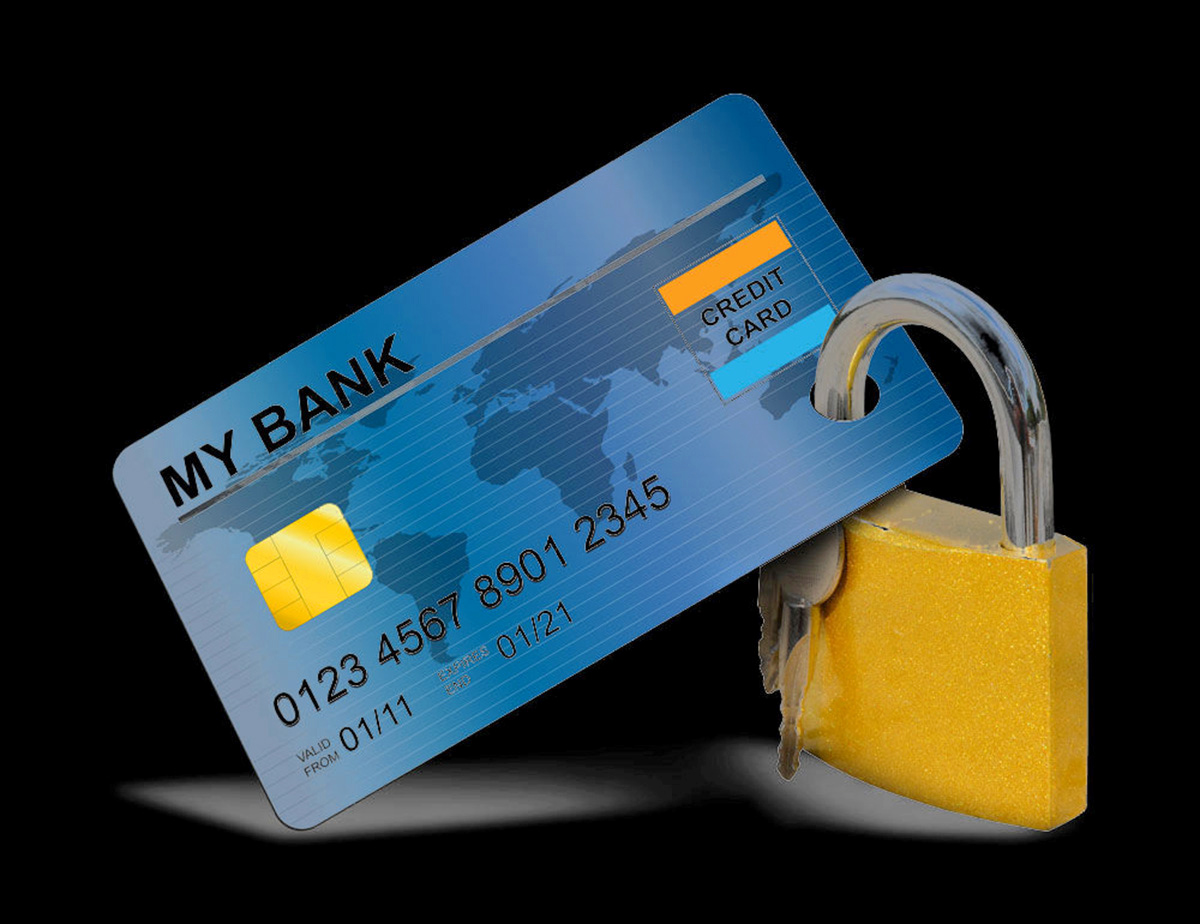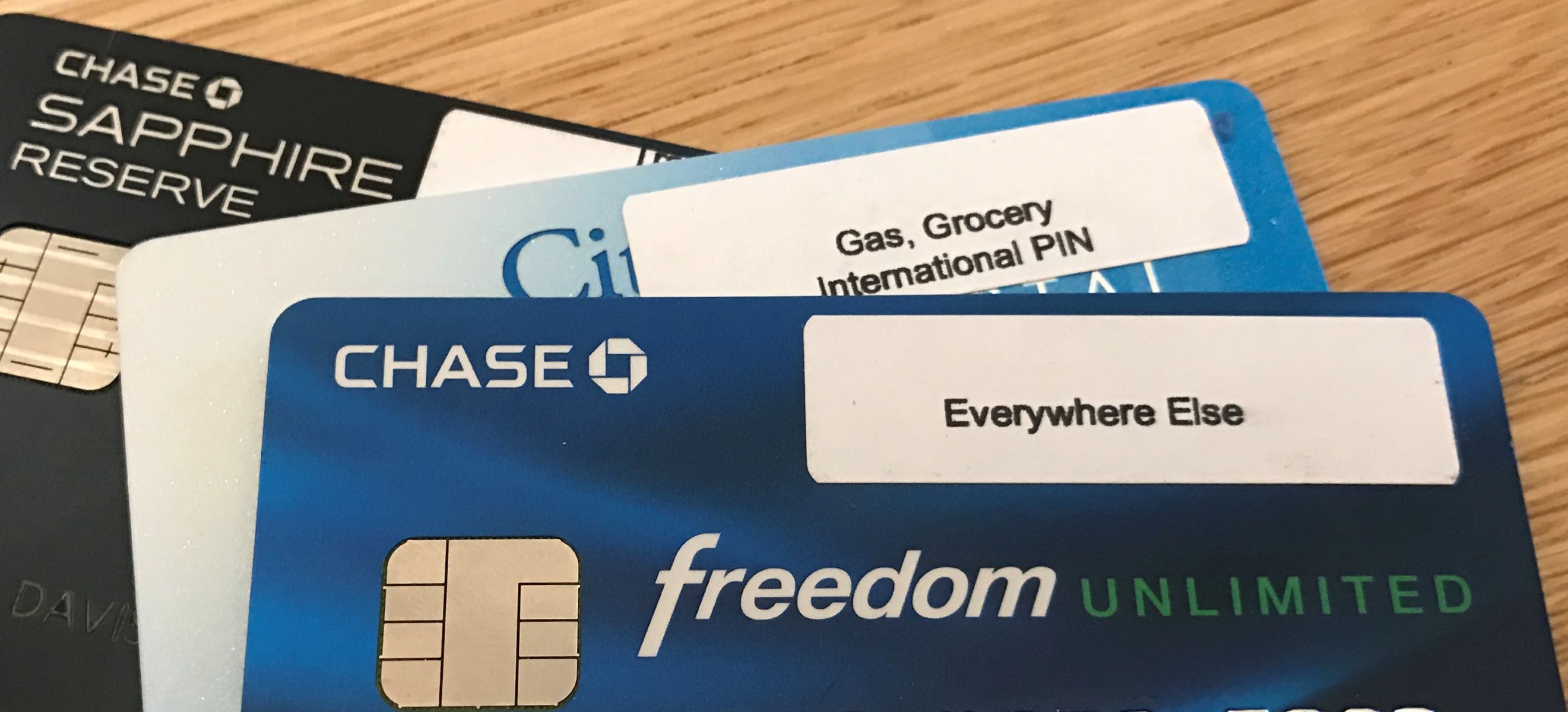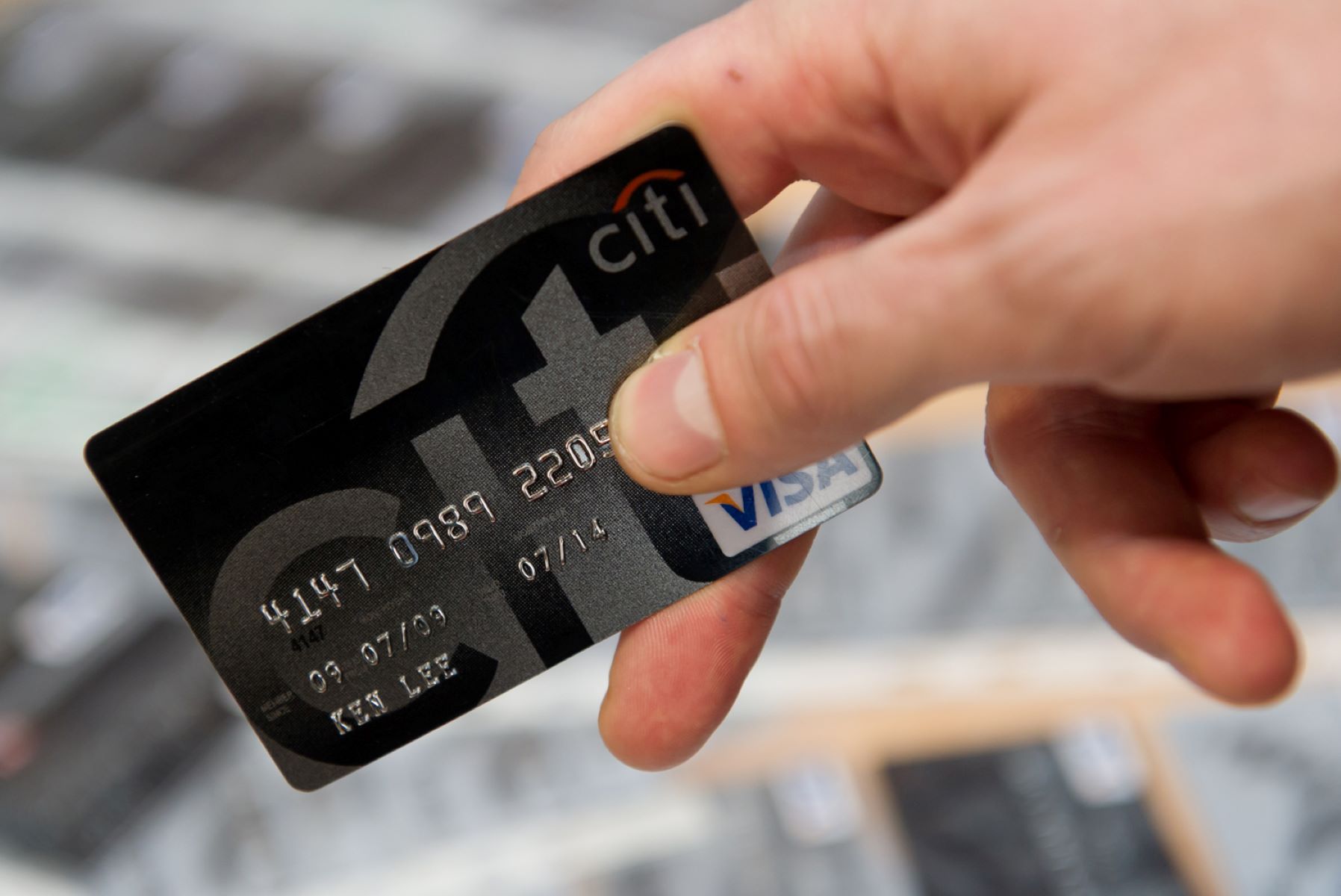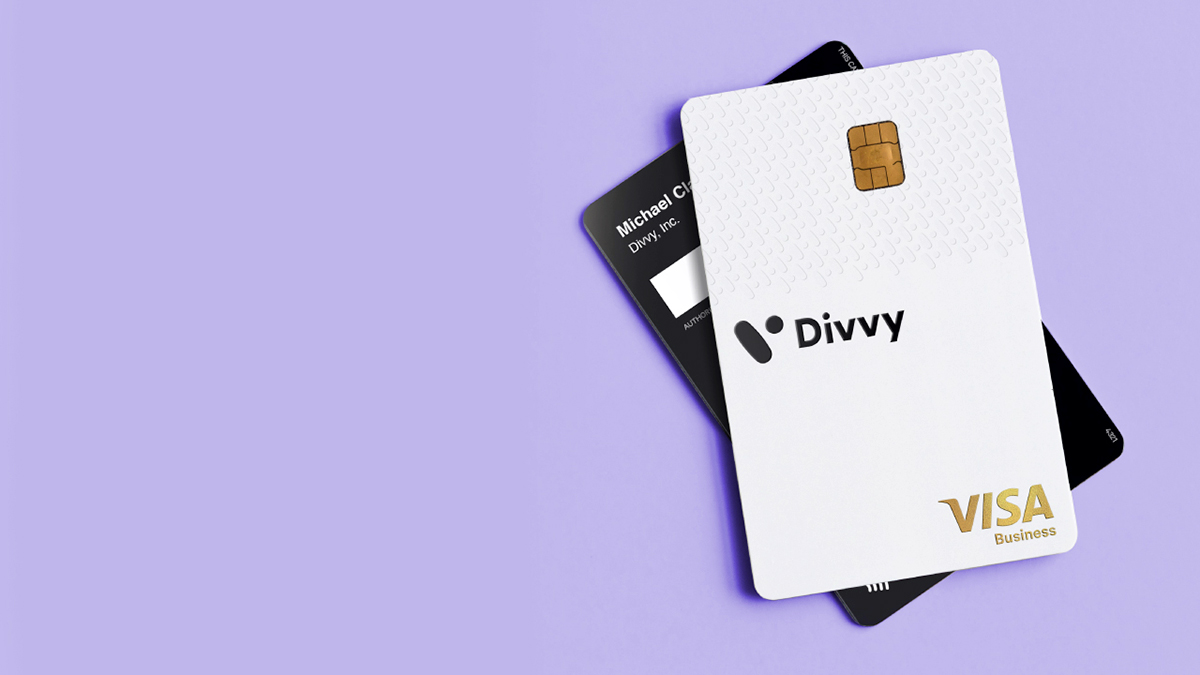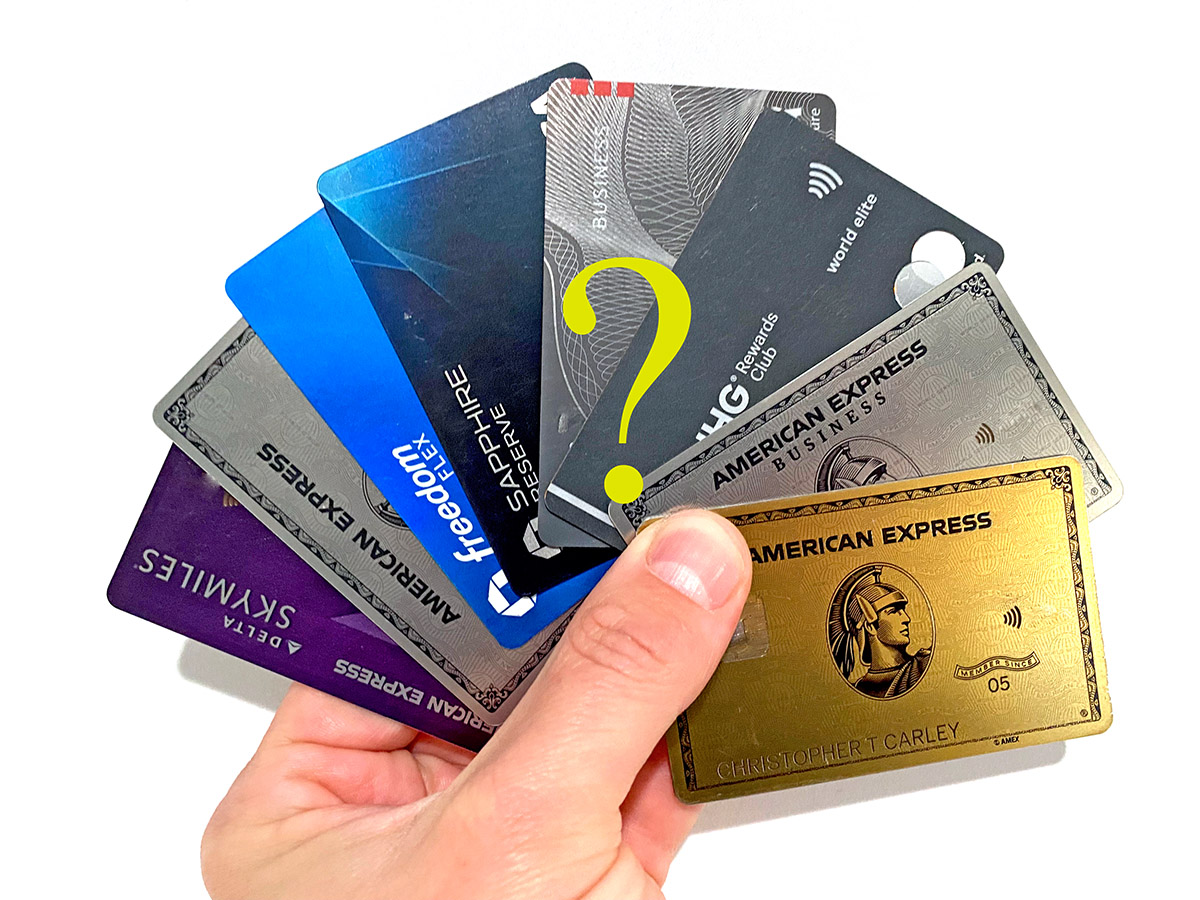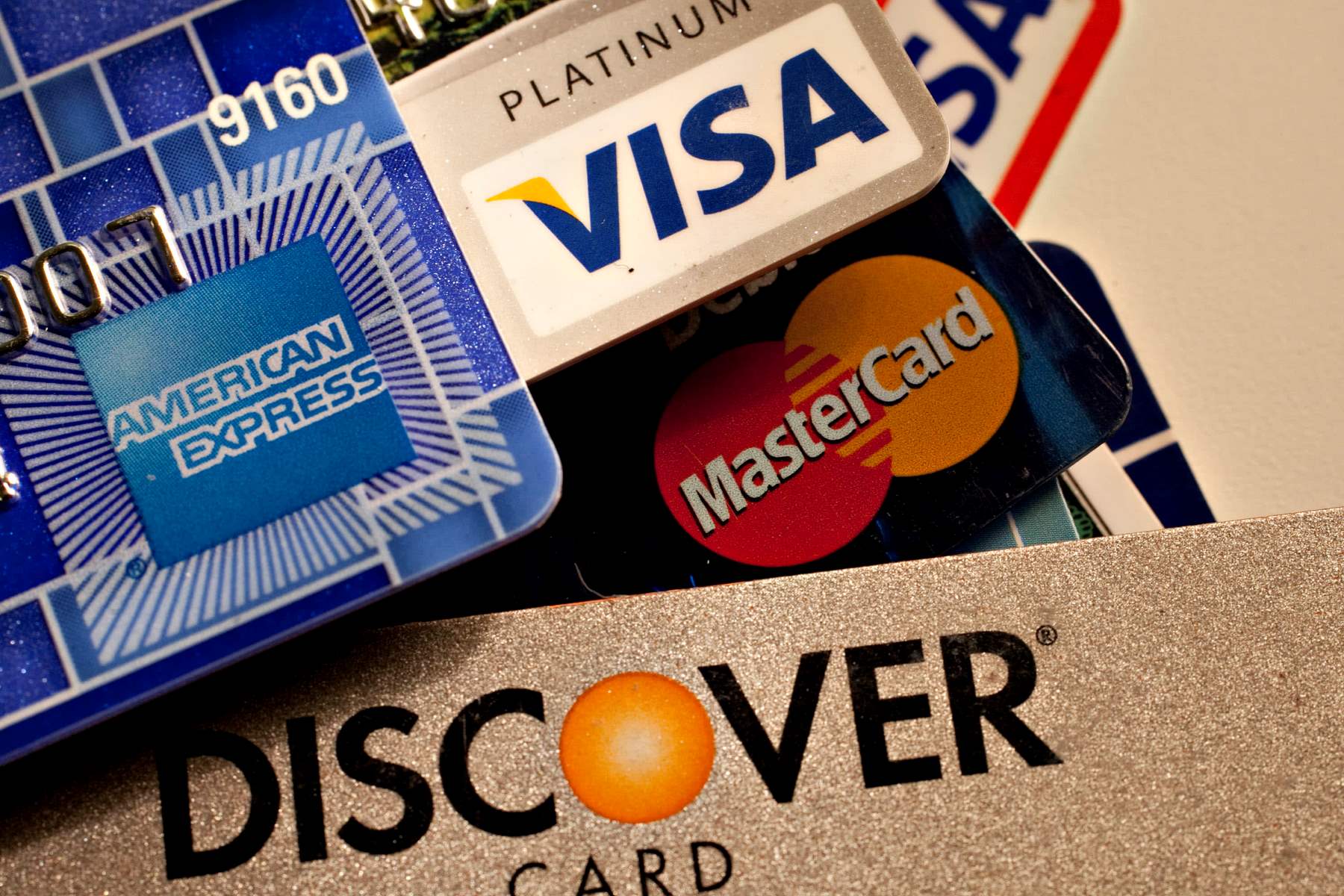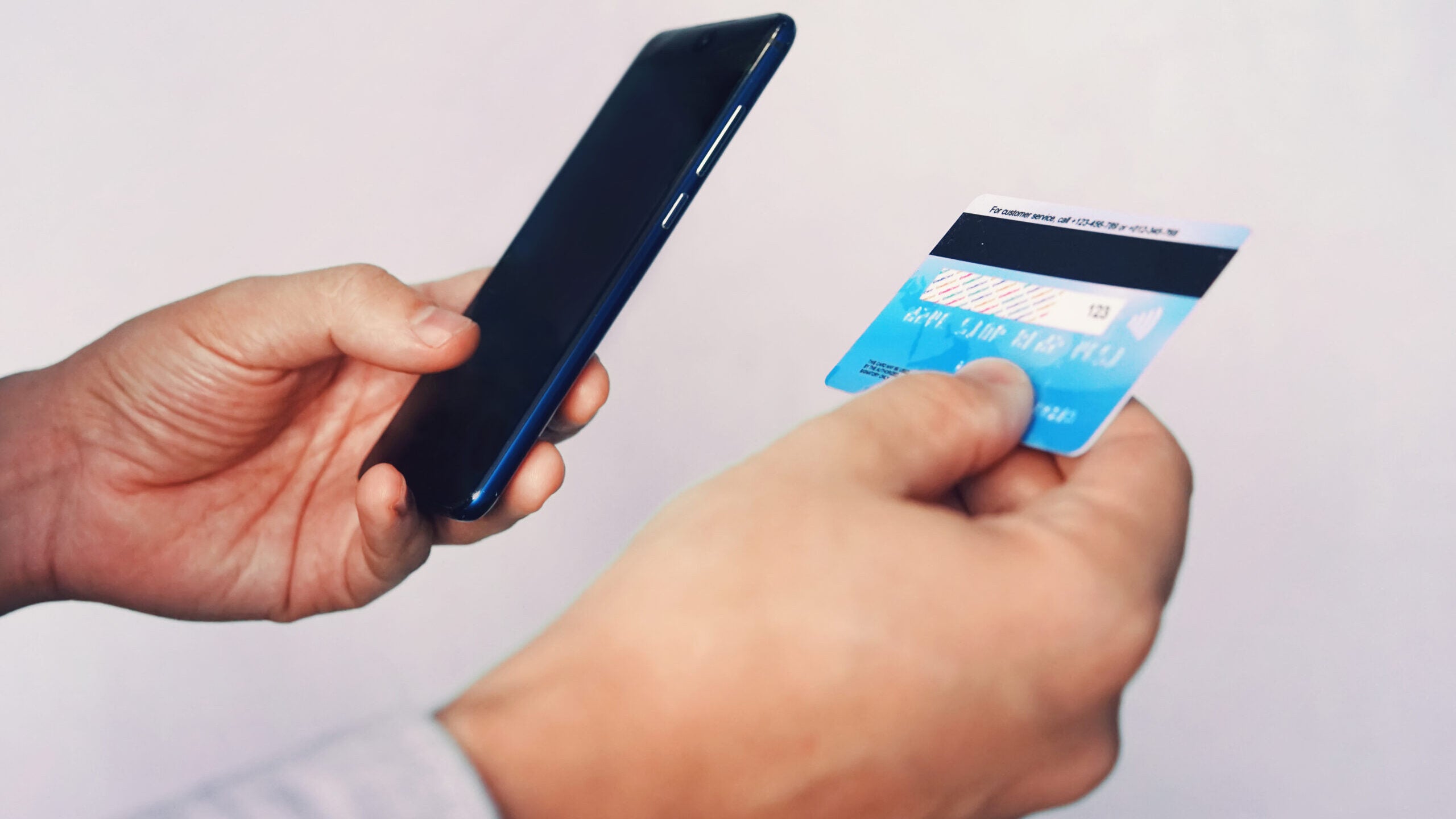

Finance
What Is The CID On A Credit Card
Modified: February 21, 2024
Learn what the CID on a credit card is and how it affects your finances. Find out how this important security feature can help protect your financial information.
(Many of the links in this article redirect to a specific reviewed product. Your purchase of these products through affiliate links helps to generate commission for LiveWell, at no extra cost. Learn more)
Table of Contents
Introduction
Welcome to the world of credit cards, where convenience meets financial freedom. These small plastic cards have become an essential tool for everyday transactions and managing personal finances. However, with the ease and convenience of credit cards comes the need for security measures to safeguard your financial information. One crucial element in ensuring the security of your credit card is the CID.
CID stands for Card Identification number or Card Verification Value (CVV). It is a three or four-digit code that provides an additional layer of security when making online or over-the-phone transactions. Understanding the purpose and importance of the CID is vital to protect yourself from potential fraud and unauthorized use of your credit card.
This article will guide you through the world of credit card identification, explaining what the CID is and where to find it on different credit cards. We will also discuss the significance of this code and offer tips on how to safeguard your CID to protect yourself against fraudulent activities.
Understanding Credit Card Identification
Credit card identification is a series of numbers and codes that help verify the legitimacy of a credit card transaction. It is designed to ensure that the person making the transaction is the rightful owner of the credit card. Credit card identification primarily consists of the cardholder’s name, credit card number, expiration date, and the CID.
When making online or over-the-phone transactions, simply providing the credit card number and expiration date might not be enough to authenticate the cardholder. This is where the CID comes into play. The CID is a unique three or four-digit code that acts as an additional layer of security to prevent unauthorized use or fraud.
The CID is not embossed or printed on the credit card like the card number and expiration date. Instead, it is typically found on the back of the credit card and is not stored on the magnetic strip or chip. This makes it more difficult for fraudsters to copy or duplicate the CID.
The CID is generated using a complex algorithm that is unique to each credit card issuer. This means that even if someone manages to obtain your credit card number, they will still need the CID to complete a transaction. It adds an extra level of protection and helps minimize the risks associated with credit card fraud.
It is important to note that the CID should never be shared with anyone, especially online or through unsecured communication channels. It is meant to be a secret code that only the cardholder knows, further reducing the chances of unauthorized use.
Now that we understand what credit card identification is, let’s take a closer look at the specific code known as the CID and its importance in securing credit card transactions.
What is CID?
CID stands for Card Identification Number or Card Verification Value (CVV). It is a three or four-digit code that is unique to each credit card. The CID serves as an additional security feature to verify the authenticity of a credit card transaction. It acts as a proof that the person making the transaction physically possesses the credit card.
The CID is typically found on the back of the credit card, usually at the end of the signature panel. It is a separate code from the credit card number and expiration date. This means that even if a fraudster manages to obtain the credit card information, they would still need to know the CID to complete a transaction.
The CID is generated using a complex algorithm developed by the credit card issuers. This algorithm ensures that the CID is unique to each credit card, making it difficult to guess or replicate. The code is not stored on the magnetic strip or chip of the card, further enhancing the security of the information.
The purpose of the CID is to provide an added layer of security for card-not-present transactions, such as online or over-the-phone purchases. These types of transactions require the cardholder to provide the credit card number, expiration date, and the CID. By including the CID, the merchant can verify that the cardholder has the physical card in their possession.
It is important to note that the CID is not the same as the PIN (Personal Identification Number) used for ATM withdrawals. The PIN is another security measure used with debit cards to authorize transactions at physical terminals.
The CID serves as a deterrent to fraudulent activities and provides an extra level of protection for both the cardholder and the merchant. By having the CID as part of the transaction process, it helps minimize the risks of unauthorized use and reduces the likelihood of identity theft.
Now that we know what a CID is and how it functions, let’s delve into why it is important to protect this code.
Importance of CID
The CID, or Card Identification Number, plays a crucial role in ensuring the security of credit card transactions. Here are some key reasons why the CID is important:
- Verification: The CID helps verify that the person making the transaction is the legitimate cardholder. By requiring the CID along with the credit card number and expiration date, merchants can confirm that the individual has physical possession of the card. This reduces the risk of fraudulent transactions by adding an extra layer of authentication.
- Online Security: Online shopping has become increasingly popular, making it essential to have security measures in place. The CID is especially vital for online transactions, where the card is not physically present. It acts as a security code that only the cardholder knows, making it difficult for hackers or unauthorized individuals to complete transactions without the CID. This helps protect sensitive information and reduces the risk of online fraud.
- Fraud Prevention: Credit card fraud is a serious concern in today’s digital landscape. Fraudsters may gain access to credit card numbers through various means, such as hacking or skimming devices. However, without the CID, it is difficult for them to make unauthorized transactions. The CID acts as a deterrent, as fraudsters would need both the credit card number and the CID to successfully carry out fraudulent activities.
- Protection for Cardholders: By requiring the CID, credit card companies aim to protect their cardholders from unauthorized use. If the card is lost or stolen, the CID adds an extra layer of security, as the person in possession of the card would also need to know the CID to use it. This helps safeguard cardholders against financial losses and potential identity theft.
- Merchant Protection: The CID not only benefits the cardholders but also offers protection for merchants. By verifying that the purchaser has the CID, merchants can minimize the risk of chargebacks resulting from fraudulent transactions. This helps maintain the integrity of the payment system and reduces the financial burden on businesses.
Given the importance of the CID in ensuring the security and integrity of credit card transactions, it is essential to understand where to locate this code on different credit card types.
Location of CID on Different Credit Cards
While the purpose and significance of the CID remain consistent across credit cards, the specific location of the code can vary depending on the card issuer and type. Here are the common locations of the CID on different credit cards:
- Visa, Mastercard, and Discover: For most Visa, Mastercard, and Discover credit cards, you will find the CID on the back of the card. It is typically located in the signature panel, which is a white strip on the back. The CID is usually a three-digit number, displayed after the last four digits of the credit card number.
- American Express: American Express credit cards have a unique placement for the CID. Instead of being on the back of the card, the CID is printed on the front, above the embossed credit card number. It is a four-digit number and is not raised on the card’s surface like the rest of the card details.
- Other Cards: Some credit cards that are issued by specific banks or credit unions may have different variations in the CID’s location. It is best to refer to the card issuer’s guidelines or contact their customer service to determine the exact placement of the CID on these cards.
When making a credit card transaction, it is important to provide the correct CID to ensure a successful and secure transaction. Make sure to locate the CID and carefully enter it when prompted during online or phone purchases. Incorrectly entering the CID can result in transaction failures or delays.
Now that you know where to find the CID on different credit cards, let’s explore some best practices for protecting this important security code.
How to Protect Your CID
Protecting your CID, or Card Identification Number, is crucial for maintaining the security of your credit card transactions. By following these best practices, you can reduce the risk of unauthorized use and keep your financial information safe:
- Keep it Confidential: Treat your CID as a confidential code that should not be shared with anyone. Do not write it down or store it on your electronic devices where it can be easily accessed. Avoid sharing your CID even if requested by individuals posing as representatives from your bank or credit card company. Legitimate organizations will never ask for your CID via phone or email.
- Secure Storage: Ensure that your credit card and any other documents containing your CID are stored in a secure place. Consider using a locked drawer or a safe at home to prevent unauthorized access. Be cautious when carrying your card, keeping it in a secured wallet or cardholder to reduce the risk of loss, theft, or accidental exposure.
- Be Wary of Phishing Attempts: Stay vigilant when receiving emails, text messages, or phone calls asking for your CID or any other personal information. Always double-check the source and verify the legitimacy of the request before providing any sensitive data. Phishing attempts often mimic trusted organizations to deceive individuals into disclosing their CID or other confidential information.
- Secure Online Shopping: When making online purchases, ensure that you are using a secure and reputable website. Look for the padlock symbol in the URL bar, indicating that the site has a valid SSL certificate to encrypt your data. Avoid entering your CID on unsecured or suspicious websites, as they may be fraudulent and aimed at collecting your personal information.
- Regularly Monitor Your Transactions: Keep a close eye on your credit card transactions and statements. Review your online banking or credit card statements regularly to detect any unauthorized charges. Report any suspicious activity to your credit card issuer immediately. The sooner you identify potential fraud, the faster action can be taken to mitigate the impact.
- Update Security Settings: Regularly update the security settings of your devices and ensure you have the latest antivirus and anti-malware software installed. This will help protect against potential threats or data breaches that could compromise your CID.
By implementing these practices, you can significantly reduce the risk of unauthorized access to your CID and maintain the security of your credit card transactions.
Now that we have covered the significance of protecting your CID, let’s conclude this article.
Conclusion
The CID, or Card Identification Number, is an essential component of credit card security. Understanding its purpose and taking steps to protect it can go a long way in safeguarding your financial information and preventing fraud. By providing an additional layer of authentication, the CID helps verify that the cardholder is the legitimate owner of the credit card during online or phone transactions.
Throughout this article, we explored the concept of credit card identification, delving into the importance of the CID and its role in securing transactions. We discussed the various locations of the CID on different credit cards, such as the back of Visa, Mastercard, and Discover cards, and the front of American Express cards.
We also highlighted the significance of protecting your CID and provided best practices to ensure its confidentiality. By keeping your CID confidential, storing your credit card securely, being cautious of phishing attempts, and regularly monitoring your transactions, you can minimize the risk of unauthorized use and maintain the security of your credit card information.
Remember, the CID is a unique code that should only be known to you. Be vigilant in safeguarding it and avoid sharing it with anyone who requests it, especially through unsecured communication channels.
By following these guidelines and utilizing the CID as an additional layer of security, you can enjoy the convenience of credit card transactions while mitigating the risks associated with fraud and unauthorized use.
Now armed with knowledge about the CID and its significance, you are better equipped to protect yourself in the ever-evolving world of credit cards and online transactions.

